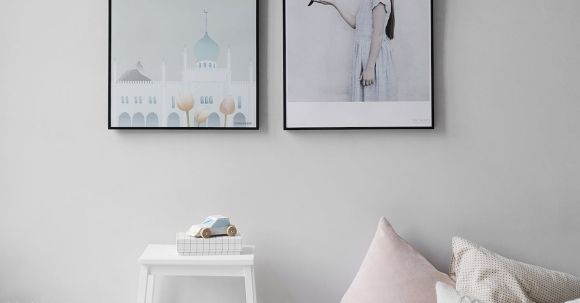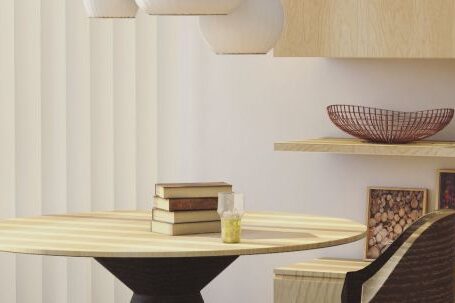Design is often seen as a means to an end, a way to create functional and aesthetically pleasing products. However, design goes beyond mere functionality, it has the power to evoke emotions in people and create a lasting impact. In this article, we will explore the emotional impact of design and how it can shape our experiences.
Creating a Connection
Design has the ability to create a connection between the user and the product. Whether it’s a beautifully designed smartphone or a thoughtfully crafted piece of furniture, a well-designed product can evoke a sense of delight and satisfaction. This emotional connection is what sets apart a well-designed product from an ordinary one.
Aesthetics and Emotion
One of the key factors that contribute to the emotional impact of design is aesthetics. Aesthetics refers to the visual appeal of a product, and it plays a crucial role in evoking emotions. When we see a beautifully designed object, it can evoke feelings of pleasure, joy, or even awe. Think about the feeling you get when you see a stunning piece of artwork or a well-designed building. This emotional response is a result of the aesthetics of the design.
Functionality and Ease of Use
While aesthetics play a significant role in evoking emotions, functionality is equally important. A well-designed product not only looks good but also functions seamlessly. When a product is easy to use and fulfills its intended purpose effectively, it can create a sense of satisfaction and accomplishment in the user. This emotional connection with the product enhances the overall user experience.
Designing for Emotion
Designers have started to recognize the importance of designing for emotion. They understand that a product’s success is not solely determined by its functionality but also by how it makes the user feel. Designers now focus on creating products that evoke positive emotions such as happiness, trust, and excitement. This shift towards emotion-driven design has led to the development of products that are not only visually appealing but also deeply impactful.
Designing for Different Contexts
The emotional impact of design also varies depending on the context in which it is experienced. For example, the design of a healthcare product needs to evoke feelings of trust, reassurance, and comfort. On the other hand, the design of a gaming console should evoke excitement, thrill, and a sense of adventure. Designers need to consider the specific emotions they want to elicit and tailor their designs accordingly.
The Power of Storytelling
Another aspect of design that contributes to its emotional impact is storytelling. Designers often use storytelling techniques to create a narrative around their products. This narrative helps users connect with the product on a deeper level, creating a more meaningful and emotional experience. Whether it’s through the use of color, shape, or imagery, storytelling in design can evoke a range of emotions and create a lasting impression.
In Conclusion: The Lasting Impact of Emotional Design
Design is not just about functionality; it is about creating a connection and evoking emotions. The emotional impact of design can shape our experiences and leave a lasting impression. From the aesthetics to the functionality, designers have the power to create products that not only satisfy our needs but also make us feel something. By focusing on emotion-driven design and tailoring their creations to specific contexts, designers can create products that truly resonate with people on an emotional level. So next time you come across a beautifully designed product, take a moment to appreciate the emotional impact it has on you.





